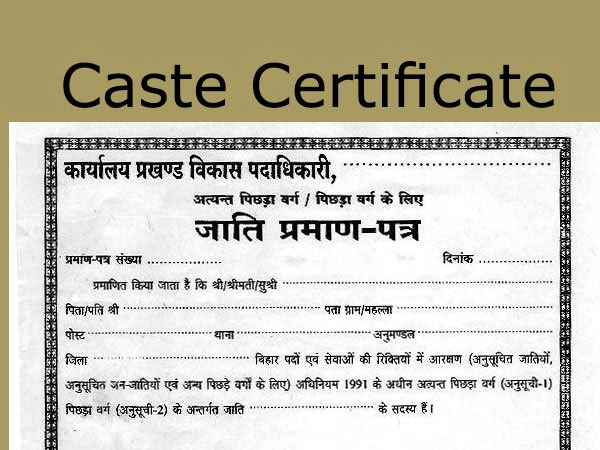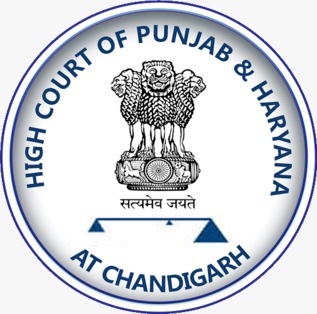@JUDGMENTTAG-ORDER
S.R. Naryak, J.1. The writ petitioner in Writ Petition No. 11 131 of 1992 is the son of the original assignee of the land comprised in Plot No. 11 of Gandhi Chowk, Sirpur, Kagaznagar, whereas the Writ Petition No. 11511 of 1992 is by one Abdul Gaffar, who claims to be the purchaser of the said property. The petitioner in Writ Petition No. 11131 of 1992 has averred in the affidavit filed in support of the writ petition that on 17-1-1964, the second respondent assigned the land in favour of his father. Further, it is averred that somewhere in the year 1976, the third respondent, Abdul Gafoor, forcibly took over the possession of the property and since then, he has been in possession and enjoyment of the property. The petitioner filed an application before the second respondent on 22-11-1990 complaining that the third respondent forcibly took over the possession of the land in the year 1976 and seeking the help of the second respondent to evict the third respondent and to restore the possession of the property to him. The second respondent, it seems on the said application of the petitioner caused notice on the third respondent and after inspecting the property made an order on 8-8-1991 directing the eviction of the third respondent and to restore the possession of the property to the legal heirs of the original assignee.
2. The third respondent, being aggrieved by the proceedings of the second respondent preferred an appeal under S. 10 of the Andhra Pradesh Land Encroachment Act to the first respondent. The first respondent passed the order dated 25-8-1992 dividing the Plot No. 11 into two equal halves having an extent of 20 feet x 171/2 feet each and re-numbered as Plot Nos. 11-A and 11-B and allotted Plot No. 11-A to the petitioner and Plot No. 11-8 to the third respondent. Being aggrieved by this common order of the first respondent, both the petitioner and the third respondent have filed these two writ petitions questioning the validity and legality of the order of the first respondent. Heard the learned counsel for the parties. The proceedings initiated by the second respondent, Mandal Revenue Officer, suffer from an error apparent on the face of the record. There is no dispute between the parties that the action was taken by the second respondent, Mandal Revenue Officer, under S. 6 of the Andhra Pradesh Land Encroachment Act, 1905 (for short ''the Act''). It is needless to state that when a public authority exercises power under the statute, the power exercised by it should be traceable to an authority granted by the law. Sections 6 and 15-A of the Act read thus :
"6. Liability of person unauthorizedly occupying land to summary eviction, forfeiture of crops etc.
(1) Any person unauthorizedly occupying any land for which he is liable to pay assessment under S. 3 may be summarily evicted by the Collector, Tahsildar or Deputy Tahsildar, and any crop or other product raised on the land shall be liable to forfeiture and any building or other construction erected or anything deposited thereon shall also, if not removed by him after such written notice as the Collector, Tahsildar or Deputy Tahsildar may deem reasonable; be liable to forfeiture. Forfeitures under this section shall be adjudged by the Collector, Tahsildar or Deputy Tahsildar and any property so forfeited shall be disposed of as the Collector, Tahsildar or Deputy Tahsildar may direct.
(2) Mode of eviction : An eviction under this section shall be made in the following manner, namely : By serving a notice in the manner provided in Section 7 on the person reputed to he in occupation or his agent requiring him within such time as the Collector, Tahsildar or Deputy Tahsildar may deem reasonable after receipt of the said notice to vacate the land, and, if such notice is not obeyed, by removing or deputing a subordinate to remove any person who may refuse to vacate the same, and if the officer removing any such person shall be resisted or obstructed by any person, the Collector shall hold a summary inquiry into the facts of the case, and if satisfied that the resistance or obstruction was without any just cause and that such resistance or obstruction shall continue, may issue a warrant for the arrest of the said person and on his appearance commit him to close custody in the office of the Collector or of any Tahsildar or Deputy Tahsildar for such period not exceeding 30 days as may be necessary to prevent the continuance of such obstruction or resistance or may send him with a warrant in the form of the schedule for imprisonment in the civil jail of the district for the like period....."
"15-A. Certain persons deemed to be in unauthorized occupation of land : Where a lease of land which is the property of Government expires or is terminated by the Government or any other authority competent in that behalf, the lessee or any other person remaining in possession of the land after such expiry or termination, or where land granted to any person is liable to be resumed by the Government for the breach or non-observance of any of the conditions subject to which the grant is made and the Government or any other authority competent in that behalf have passed orders resuming the land for such breach or non-observance, the grantee or any other person remaining in possession of land after the passing of those orders, shall for the purposes of Sees. 3 to 15, be deemed to be a person unauthorizedly occupying such land."
3. In the light of the statutory provisions extracted above, what is required to be determined at the outset is whether the third respondent in writ petition No. 11131 of 1992 could be considered to be a person unauth-orisedly occupying Plot No. 11. Section 15-A of the Act provides that where a lease of land, that is; Government land expires or is terminated by the Government or any other authority competent in that behalf, among others, any person remaining in possession of the land after expiry or termination of the lease, shall be considered as a person unauthorised-ly occupying such land for the purpose of Section 3 of the Act. There is no dispute between the parties that the assignment made in favour of the father of the petitioner was not terminated by the second respondent when he initiated proceedings u/s 6 of the Act. Therefore, it cannot be said that the third respondent is a person unauth-orisedly occupying Plot No. 11 for the purpose of Section 3 of the Act. It is not to say or indicate that the occupation of Plot No. 11 by the third respondent as lawful, legal or justified. If the authorities have information that the original assignee committed breach of terms of grant of lease, it is open to them to take necessary steps as per law to terminate the assignment made in favour of the father of the petitioner, and unless they do that exercise, it is not permissible for the second respondent to proceed against the third respondent u/s 6 of the Act. On this short ground, therefore, I hold that the impugned proceedings initiated by the second respondent u/s 6 of the Act are incompetent in the facts and circumstances of this case and consequently, cannot be sustained. On this short ground, the writ petition filed by Abdul Gaffar, who is third respondent in Writ Petition No. 1I13I of 1992, is entitled to be allowed. In the light of the view taken by me, the order of the first respondent arising out of the incompetent proceedings is also liable to be set aside.
4. In the result and for the foregoing reasons, the Writ Petition No. 11511 of 1992 is allowed and the impugned orders made by the first and second respondents are quashed and the Writ Petition No. 11131 of 1992 is consequently rejected. However, it is made clear that this order shall not come in the way of the respondents-authorities to take steps which are necessary in accordance with law against the third respondent. No costs.
5. Order accordingly

